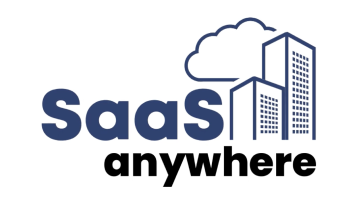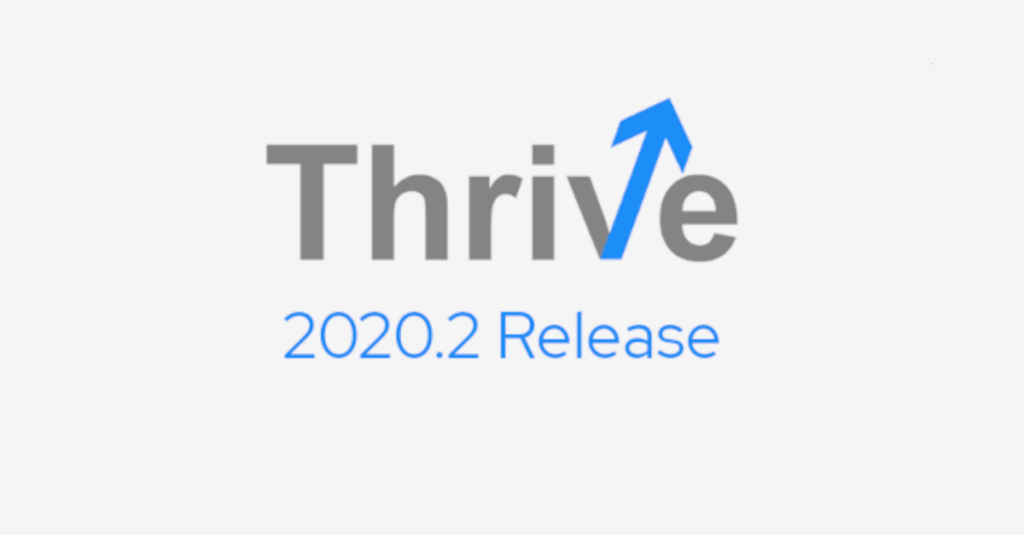
Chris Chapman, May 17, 2021
Get the Best Solution for
Your Business Today!
The Path to the Cloud
At PMsquare, we see more and more companies moving Cognos workloads to Amazon Web Services (AWS). The reasons for this move vary from company to company. There may be a desire to reduce architecture and administration costs, improve the reliability of the Cognos infrastructure, dissatisfaction with IBM’s SaaS offering, or the move to the cloud is being mandated by a larger company initiative. Whatever the reason, if you need to migrate Cognos to a public cloud you will likely have many questions:
- What databases should we use?
- Should we mirror our existing on-prem architecture?
- What EC2 instance types should be used?
- Are there ways to reduce our costs?
- What’s this “autoscaling” feature I’ve heard about?
- Can we use the magic of the cloud to install and update Cognos for us?
That’s a lot to consider. Luckily, PMsquare has you covered. We have helped clients navigate these questions, and many others, when migrating to AWS.
This blog series will explore these common questions and other architectural suggestions to consider when migrating Cognos to AWS. Also, be sure to check out our livestream airing on May 20th to have your questions answered during our live demo of Cognos Analytics on AWS.
Let’s take a sneak peek at some of the topics we’ll be covering.
Table of Contents
Databases
Amazon EC2 vs Amazon RDS
One of the first questions we typically receive is what database should be used for the content store, audit database, and notification store? Which quickly leads to clients asking: should those databases be deployed on EC2 or RDS? We do a deep dive into each of these options, but the simple answer is you should use what works for you. Our default recommendation is RDS. RDS is simple to set up and offloads the traditional database administration tasks to AWS freeing you and your team up to tackle more important work.

Architecture
The basics of architecting Cognos on AWS isn’t very different from an on-prem deployment. There are still gateways, content managers, and dispatchers. The decisions you made previously around number of servers to host each of these tiers still apply.

However, there are several cloud native services and techniques that can surround this familiar architecture to improve the reliability and maintainability of the Cognos environment. Services like the Application Load Balancer can simplify configuration processes and make upgrade cycles easier. Implementing Cognos with a Multi-AZ architecture can greatly improve the reliability and uptime of the environment. Utilizing features and techniques like custom AMIs, infrastructure-as-code, AWS Lambda, and CloudWatch can further reduce administrative overhead and configuration time by offloading those tasks to other services.
Instance Types
The list of available EC2 instance types can seem overwhelming at first. In a future post, we will take a detailed look at how to navigate these different options. For now, the general rule we give when selecting instance types is to prioritize memory over CPU. CPU, while still important, has become less of a concern since the launch of Cognos 11. Newer features such as data modules, data sets, and dashboards are all memory intensive. This means you will need a larger Query service JVM heap size to account for these memory-hungry features. EC2 instances provisioned to host Cognos should account for this so you are paying resources you will actually use (memory), instead of resources you will not (CPU).

Cost Reduction
One of the many promises of deploying infrastructure on the cloud is the ability to reduce costs. Lower infrastructure costs are achievable when migrating to AWS. However, it doesn’t happen magically. There are processes, services, and pricing options that can be adopted to help achieve this goal. Specifically, we will explore these areas to achieve lower infrastructure costs:
- Properly sized instances
- Reserved instances
- Schedule the starting and stopping of EC2/RDS instances
It’s important to note that these options may not apply to all organizations. For example, if you have a global user base you won’t be able to bring down environments during off-hours since you have no off-hours. You should use a blend of strategies that make sense for your business to reduce your costs when deploying in AWS.
Cloud Native Services
We’ve discussed how to save money when deployed on AWS, we’ll now look at how to save time. As mentioned above, the basic architecture of Cognos deployed on AWS is the same as on-prem. However, you can surround that familiar architecture with Cloud native services like AWS Lambda, CloudWatch, CloudFormation, custom Amazon Machine Images (AMIs), AWS License Manager, or an Application Load Balancer (ALB). Deploying these services alongside Cognos reduces time spent managing, monitoring, and upgrading your environments.
For example, you can create custom AMIs that have Cognos pre-installed. This saves your team the time of waiting for Cognos to install each time you need a new environment spun up.
Another use case is leveraging AWS Lambda to monitor Cognos gateway and dispatcher URLs to proactively alert you of unexpected downtime.
Not all these services will make sense for every organization to deploy. Like with the cost-saving services, you’ll have to decide what is right for you based on your desired goals and internal skills working with AWS services. However, we recommend deploying some combination of these services to ensure you are getting the full value of deploying on the cloud. PMsquare even offers a SaaS Anywhere program where you can leave these decisions to our experts and focus on what matters most – delivering valuable analytics content.
Conclusion
Changing platforms is intimidating. Changing your infrastructure platform, specifically, can feel vertigo inducing. But it shouldn’t feel that way. The path to deploying Cognos on AWS can be a smooth one by understanding core AWS services, planning out your future state architecture, and embracing cloud native services that can make managing your Cognos infrastructure easier and less time consuming.
Join us here for more updates to this series to address questions and patterns to consider when migrating Cognos to AWS. If you need help sooner, reach out to us now! We’d love to have a conversation with you about your AWS migration journey.
We hope you found this article informative. Be sure to subscribe to our newsletter for data and analytics news, updates, and insights delivered directly to your inbox.






